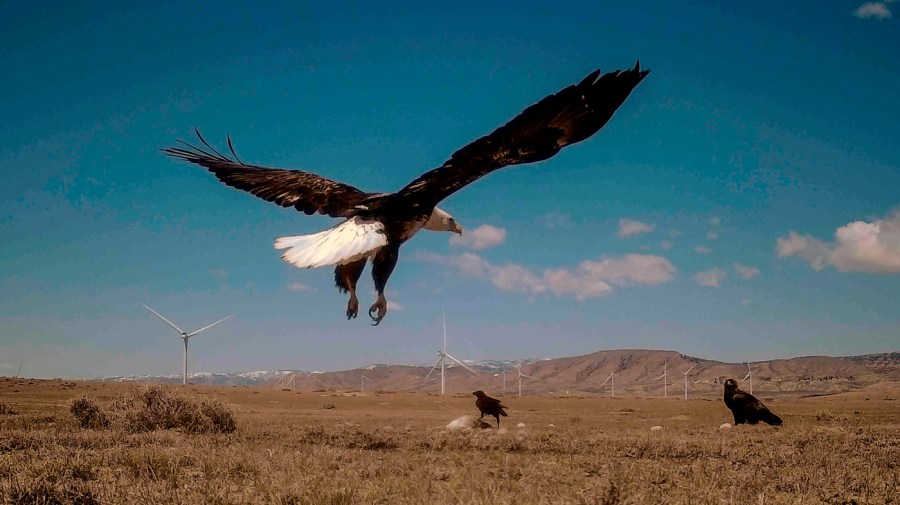
The 2024 eagle permitting regulation, introduced under the administration of President Joe Biden, has come under fire for allowing wind energy projects to operate without sufficient restrictions concerning eagle fatalities. Critics argue that the regulation fails to protect these birds, effectively permitting the incidental killing of eagles during wind energy production.
The U.S. Fish and Wildlife Service implemented this regulation as part of broader efforts to promote renewable energy. However, environmental advocates assert that it undermines conservation efforts by offering a loophole for wind farms to harm wildlife. According to the National Audubon Society, the regulation does not include meaningful penalties for companies that kill eagles, raising concerns over its effectiveness in protecting these birds.
Impact on Eagle Populations
The regulation allows wind energy projects to operate under a framework that does not mandate strict oversight or accountability for eagle deaths. Estimates indicate that wind turbines could be responsible for the deaths of thousands of eagles annually. This figure has alarmed conservationists who emphasize the necessity of safeguarding eagle populations, especially given their ecological significance and the declining trends observed in their numbers.
Environmental groups argue that the regulation contradicts existing wildlife protection laws, such as the Migratory Bird Treaty Act, which aims to conserve migratory birds, including eagles. The concerns raised by these organizations highlight a growing tension between the need for renewable energy sources and the imperative to protect wildlife.
Calls for Revision
Advocates for wildlife conservation are calling for a reassessment of the 2024 eagle permitting regulation. They contend that the current framework does not adequately address the risks posed to eagles and other birds. Efforts to revise these rules could lead to more stringent requirements for wind energy projects, ensuring that conservation efforts remain a priority.
As the demand for renewable energy continues to rise, the conversation surrounding the balance between energy production and wildlife conservation is expected to intensify. Stakeholders, including government agencies, conservationists, and energy companies, must engage in dialogue to find solutions that protect both the environment and the need for sustainable energy sources.
In summary, the 2024 eagle permitting regulation faces significant criticism for its perceived shortcomings in protecting eagle populations. The ongoing debate underscores the complexities involved in fostering renewable energy initiatives while ensuring the conservation of vital wildlife species.







